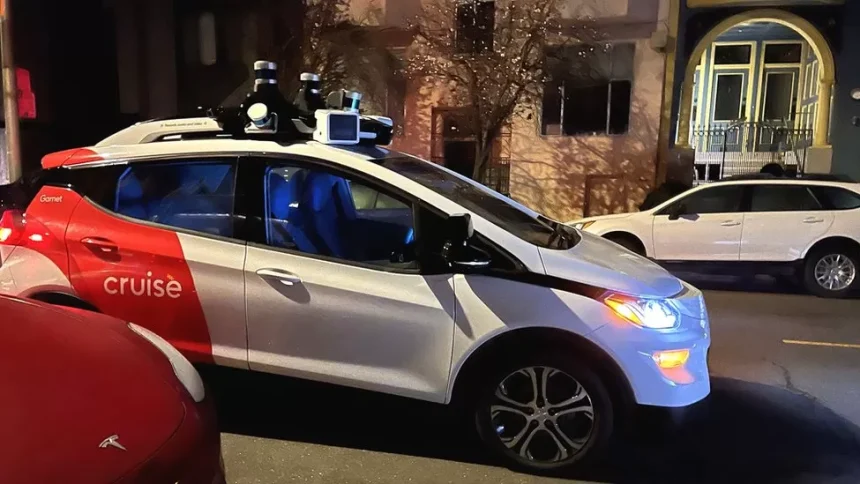It is past midnight on a quiet residential street in San Francisco and I have just left a taxi with a nagging feeling I didn’t close the door properly.
Normally I wouldn’t worry, but this isn’t a normal ride. It is a Cruise robotaxi with no human driver to close the door.
I go back to check and sure enough, it was a weak push. A human voice pipes up on a speaker checking everything is OK. I apologize about the door, but I also press her. What if I hadn’t come back? We would take care of it, she reassures me.
Driverless robotaxi services open to the public now operate on the dense streets of San Francisco, albeit in limited form.
Cruise, a subsidiary of GM, competes with Waymo, owned by Google’s parent company Alphabet. Cruise began taking fares last June and charges a little less than Uber or Lyft.
I crisscross San Francisco in both companies’ cars, steering wheels turning on their own in front of empty driver’s seats, controlled by artificial intelligence that uses data from camera, Lidar and radar systems.
The rides are mostly smooth and the cars seem respectful of cyclists and pedestrians. The driving can at times seem both more and less cautious than my own. Some routes are unfathomably circuitous.
People stop to gawk, photograph and strike up conversations – a reminder of the technology’s novelty.






